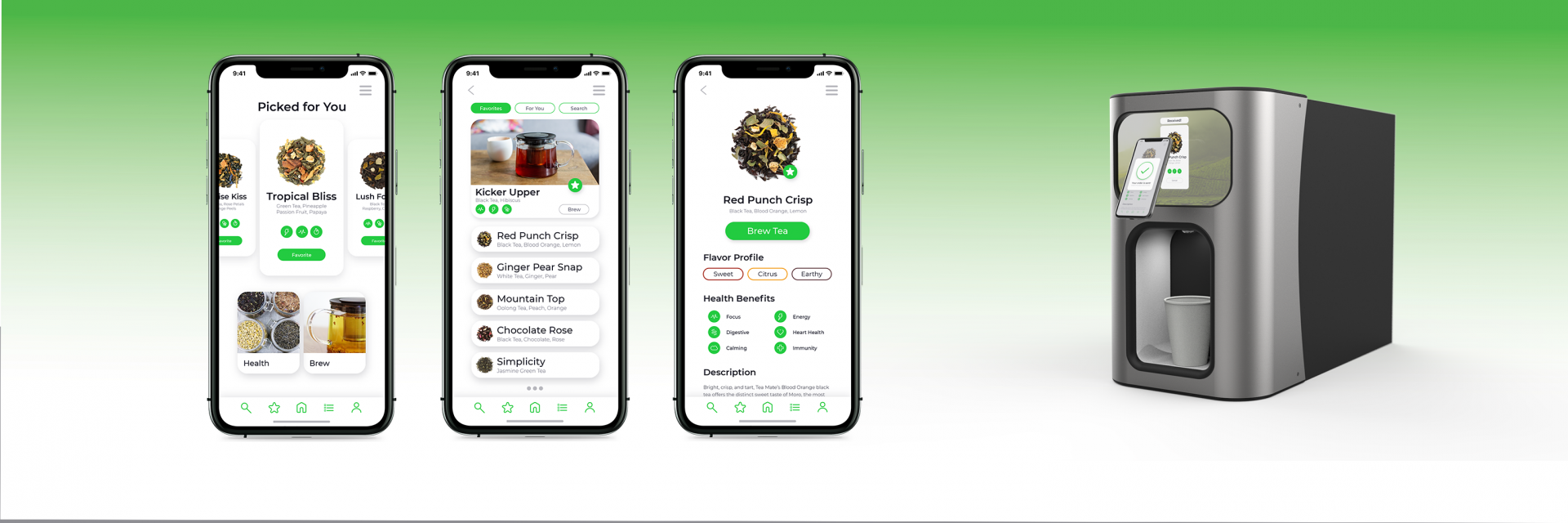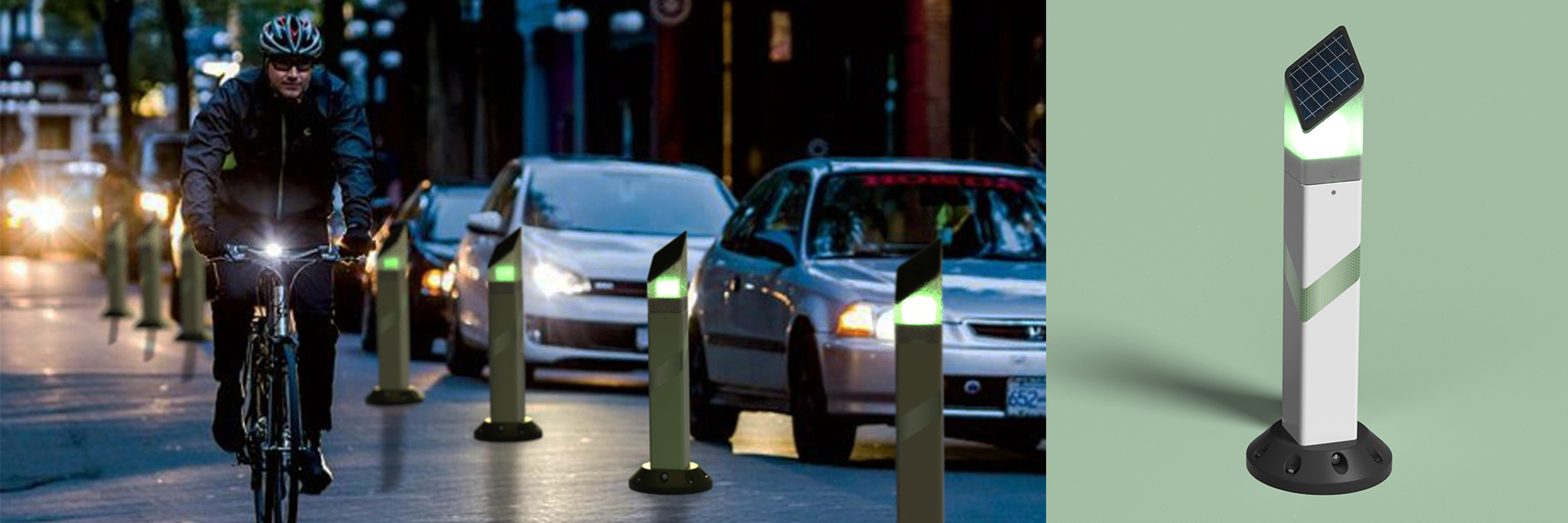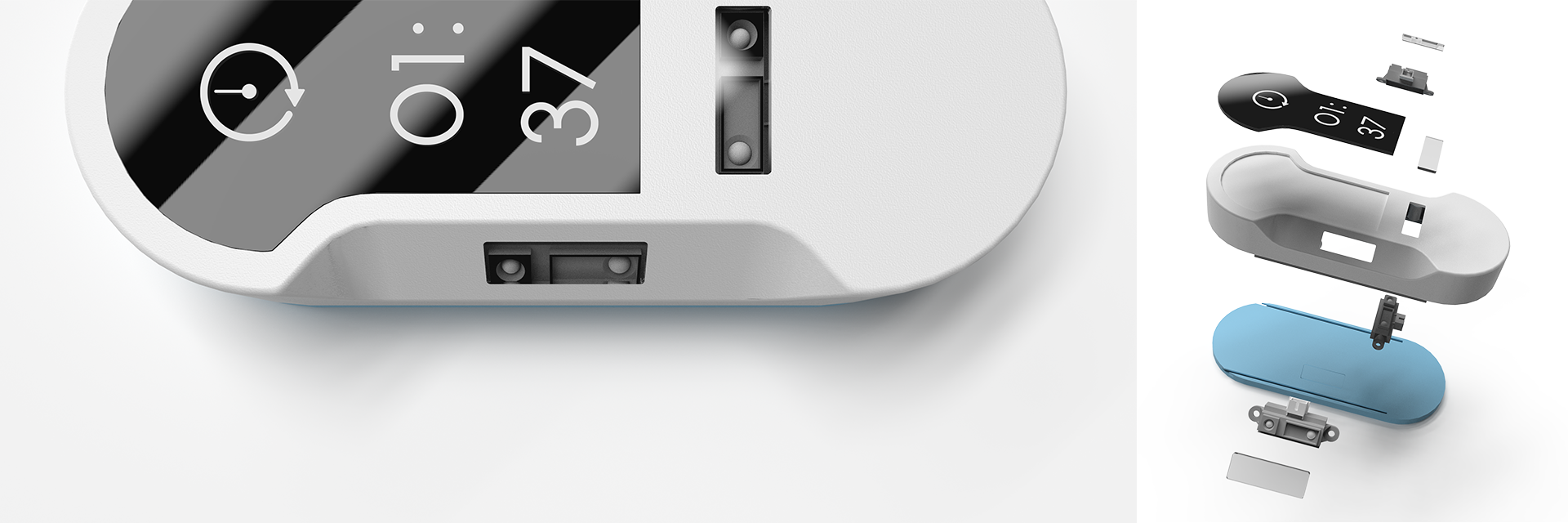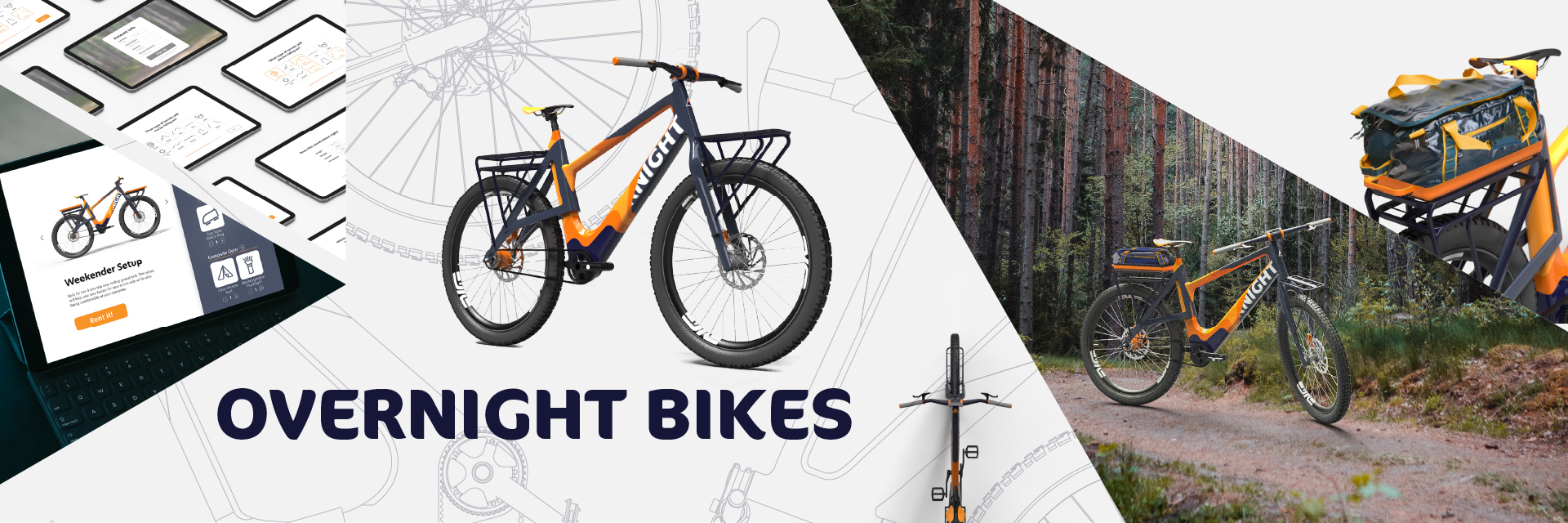
Tea Mate
Group Members: Nick Mirchandani
Through our initial research, we found that new teas can be often challenging to explore and try due to them being sold in either large cheap quantities or expensive small sample sizes. So we created Tea Mate, a product-service system designed for a workspace lounge that allows anyone to try out a wide variety of teas. By using the app, customers are able to receive tea recommendations based on their desired health benefits and taste preferences. In addition, they are able to save the blends that they already love. Tea Mate keeps track of all the health badges earned over time to reassure the customer how they are benefitting from their tea exploration. Brewing with Tea Mate is easy, just select your tea to brew, send it over to our machine via NFC scan and wait for your perfect cup of tea to be poured.
App designed with Adobe XD
Mocked up with Photoshop

Wave Cycle Barrier
Class: ID 2024 | Instructor: Lisa Marks
At the start of this project, I immediately gravitated towards designing an experience that would enhance a student cyclist's commute every day. Being a bike commuter myself, I started off by conducting observations of students biking around campus and then focused in on a certain persona, which I labeled the "The Commuter". After interviewing multiple "commuters", I understood that their ride every day is a freeing exploration that is often plagued by reckless drivers. With some additional research, I learned that bike infrastructure has a greater impact on the cycling community compared to personal safety devices for it can increase ridership and can become a talking point for all cyclists. So with all of these insights, I designed an innovative bicycle barrier that would increase the sense of exploration, encourage new riders to pick up cycling and passively enhance the presence of a biker. As riders would ride past these barriers, the light would move with them, which generate a feeling of riding a wave while also alerting anyone near that a cyclist is present. Using durable, inexpensive materials and a simple installation process, the Wave Cycle Barrier will become the future infrastructure for bike commuting.
Designed in Fusion 360
Rendered in Keyshot 9 and Photoshop

Hands-Free Kitchen Timer
Class: ID 2510 | Instructors: Wei Wang, Yaling Liu, Sang-Won Leigh
The Hands-Free Kitchen Timer uses several short range infrared sensors to allow for users to easily communicate with the device using simple gestures. A swipe to either of the sensors on the side increment or decrement the time by a minute; hold your hand over them, and the time changes by five minutes. Once the time is set, hold hand over the front sensor until you hear and audible beep, and begin seeing the time count down, alerting users that the timer has started.
Prototyped with Arduino
Renders done in Keyshot 9 by Brett Steenwyk

The Boy
Class: Sophomore Studio | Instructor: Lisa Marks
Empathy is the most important part to the design process. The Boy evokes empathy out of the people that gather around it, by making them unravel its story. With the two lightbulbs pointing at the point of intersection from different perspectives, the lamp illustrates how one must look deeply in oneself and the other to truly understand the other’s emotions.
As one stares more at The Boy, they will notice how shiny the inside is. This experience of finding one’s beauty represents how the most beautiful part of the human body is on the inside, where the personality, emotions and feelings lie.
Welds are notoriously ugly when shown in all of metalwork and are usually hidden or tucked away. However, The Boy illuminates this area to show the beauty of what is normally hidden. The key to empathy is understanding these hidden gems of a person because they unlock a new perspective on their thoughts and feelings.
https://jlym.myportfolio.com/the-boy

